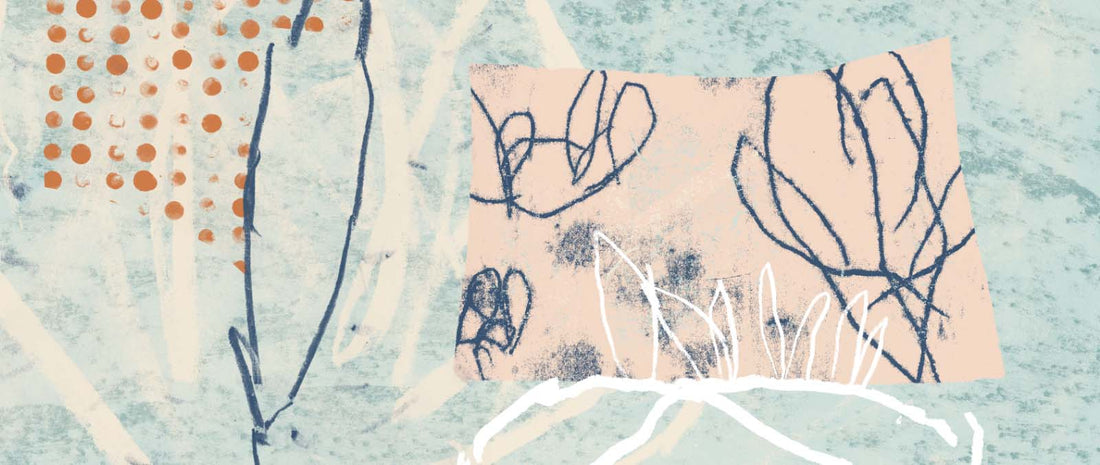The gesture begins before it exists. Even before the hand moves, there is a breath — a silence that stretches through the body. In that tiny space between thought and action, spontaneity is born. The gesture is a response to an inner presence, a vibration that ignites without any apparent reason. It is not a decision, nor an idea: it is a heartbeat. When it arrives, it does so with the naturalness of a falling leaf or a breaking wave. The gesture, like any natural cycle, does not ask why; it simply happens.
The gesture is a form of writing without words. Each stroke is a calligraphy of the moment, a way of affirming that we are here. When ink touches paper, time dissolves into a sequence of movements closer to breathing than to reason. The gesture, like a haiku, condenses what is fleeting and yet eternal: the precise point where hand, body, and spirit meet. In that space, ink is not just matter — it is emotion, tremor, rhythm.
The gesture is trust. It cannot be forced, only allowed. When we let it emerge without control, it becomes a kind of mirror reflecting the truth of the instant. The hand knows more than thought, and ink knows more than intention. There are moments when the line finds its own way like water — it flows, avoids obstacles, and finally comes to rest. In this flowing lies an ancient wisdom, a way of being in the world without trying to dominate it.
The gesture is also imperfection. Control often suffocates it, and the desire for perfection erases its life. But the beauty of spontaneity lies precisely here: what is alive is neither symmetrical nor predictable. A blot of ink may contain more truth than a calculated line. Within the gesture there is memory — of the body, of time, of what no longer is. And by letting it appear unfiltered, what imprints on the paper is something more than a form: it is a presence.
The gesture is a practice of silence. It demands nothing, it only invites us to listen. Perhaps that is why it echoes the rhythm of natural cycles — a movement that is born, grows, pauses, and transforms. Like the light shifting throughout the day, the gesture lives within that ebb and flow. To work with it is to learn to wait, to recognize when to act and when to let go. Every stroke carries within it a breath, a pause, a surrender.
The gesture, finally, is a way of life. It is not only about painting or writing, but about inhabiting that state of presence where everything is possible. A blank page, a slightly trembling hand, ink that flows — and within it, the simple miracle of creating without thinking. When the gesture ends, silence returns. Yet something has changed: the trace of that movement keeps breathing on the paper, a living image of what we are, of what passes, of what is lost and born again.


